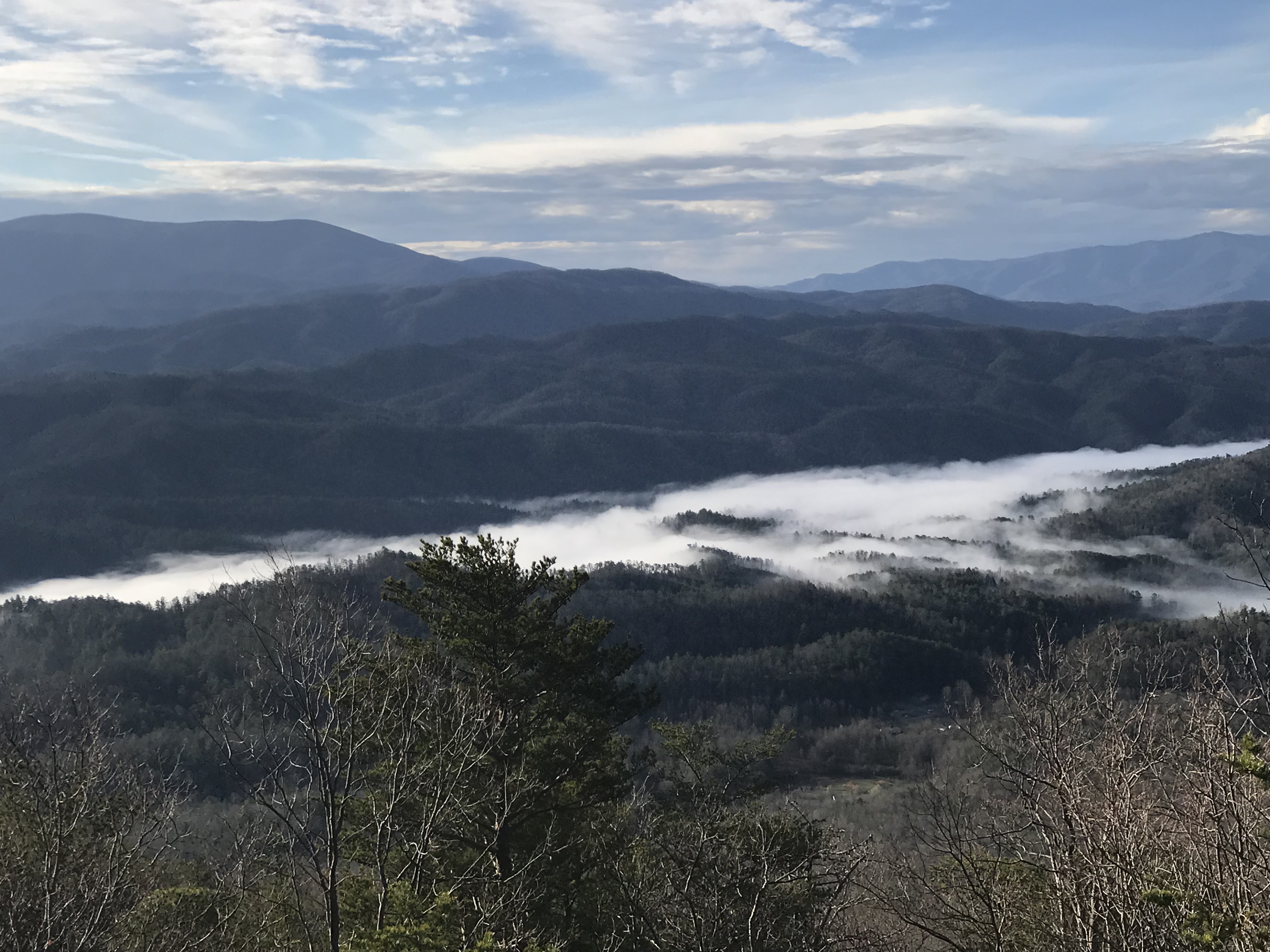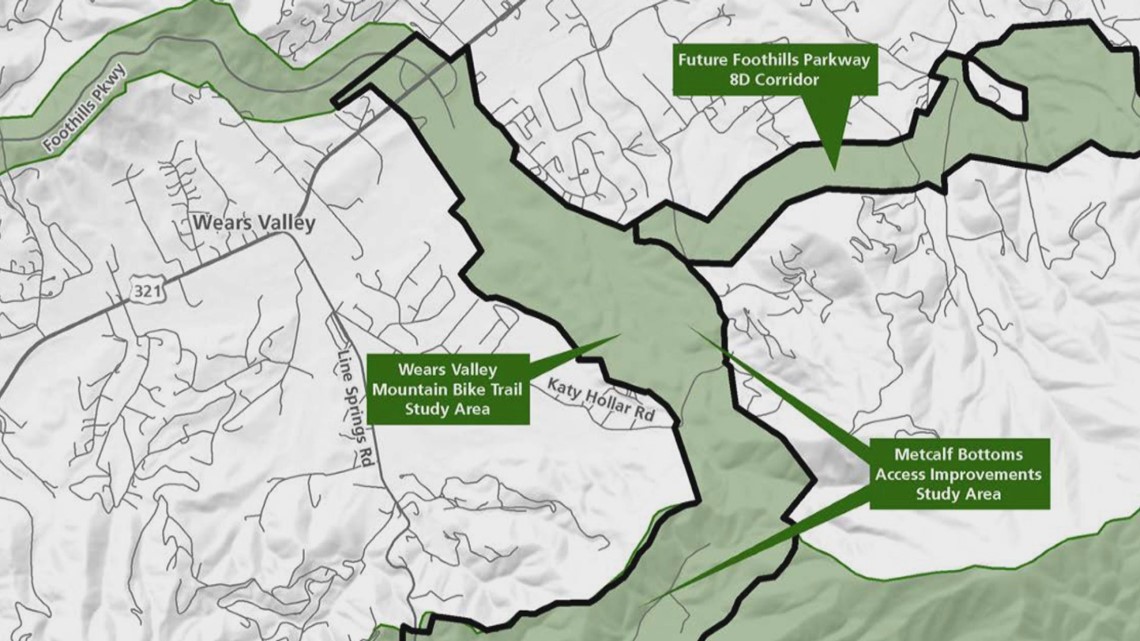Thomas Fraser
Kayaker drowns in Smokies near Smokemont
An Ohio woman drowned Thursday while kayaking the Oconaluftee River near Smokemont Campground in Great Smoky Mountains National Park.
It was the first fatality of the year in the park.
Rangers said Megan Thompson, 34, of Cleveland Heights, Ohio was trapped underwater “between a fallen tree and the riverbank” after floating through a rapid. It was not immediately clear whether she was out of her boat.
Her fellow boaters alerted rangers at 2:18 p.m. and her body was recovered at 2:57 p.m., according to a release from the park service.
Drowning is the third-leading cause of death in the Smokies, after vehicle and aircraft accidents.
This story will be updated.
Seal it up: Inefficiency increases energy costs across the board
Editors note: SACE executive director Stephen Smith is on the board of Foundation for Global Sustainability. Hellbender Press operates under the FGS nonprofit umbrella.
The Southern Alliance for Clean Energy (SACE) released its fourth annual “Energy Efficiency in the Southeast” report, which tracks recent policy developments and performance trends in electric utility efficiency from 2020.
It continues to highlight that despite being a proven low-cost clean energy resource with enormous potential to reduce carbon emissions and customers’ energy burden, Southeastern utilities continue to underinvest in energy efficiency.
As a result, households in many Southeastern states have some of the highest electricity usage and monthly energy bills in the nation. Some states and utilities are making progress, and it’s not too late for local policymakers to take advantage of untapped efficiency savings to help reach crucial decarbonization goals.
- Download the “Energy Efficiency in the Southeast” fourth annual report
- Read an excerpt from the accompanying report blog post below, or read the full post here.
$30m comes home to roost for Foothills Parkway rehab project
 A view of the Smokies from the southern section of Foothills Parkway. Thomas Fraser/Hellbender Press
A view of the Smokies from the southern section of Foothills Parkway. Thomas Fraser/Hellbender Press
Hellbender told ya so: Big money in hand for southern Foothills Parkway rehab
Hellbender Press reported some particulars months ago, but the National Park Service today announced the official receipt of $30 million dollars for rehabilitation of the southern section of Foothills Parkway between Calderwood and Walland.
It’s been a busy news week out of Great Smoky Mountains National Park, especially related to the Foothills Parkway: Earlier this week the park service announced the latest phase of comment on plans to establish a series of mountain bike trails in Wears Cove at the terminus of that parkway section. Hellbender covered that, too.
Maybe too much Smokies, if that’s a thing, but we felt obligated to report via a park press release the final dispersal of funds for the planned improvements we reported on months ago. Significant traffic closures will likely begin this spring.
National Park Service pedals toward construction of mountain-bike trails and concessions in Wears Cove
 National Park Service via WBIR
National Park Service via WBIR
Feds and boosters have considered trail network since completion of the “Missing Link”
WEARS VALLEY The National Park Service moved this week into the latest public-input phase regarding proposed construction of a Smokies-area mountain-biking destination on federal land near the current terminus of a recently completed section of Foothills Parkway that runs from Walland to Wears Valley.
The plan calls for miles of single-track mountain bike trails of varying skill levels and vendors catering to bicyclists. Park service documents indicate a rest station with picnic facilities, bathrooms and bicycle rental and repair facilities sited in Wears Cove southeast of the parkway terminus at Wears Cove. The parcel is already part of a federal easement for another extension of the parkway that would connect with the Gatlinburg Spur.
“The Wears Valley portion of the Foothills Parkway could provide visitors new opportunities to experience the Park through mountain biking because it is within the Park’s general development zone and transportation management zone and is not managed as wilderness,” according to park service documents.
- wears valley mountain biking proposal
- foothills parkway
- foothills parkway extension
- walland to wears valley foothills parkway
- environmental assessment
- nepa national environmental policy act
- mountain bike park
- karst
- public comment
- public input
- decision making
- mountain bike trail
- planning
- trail system
Good enviro reporting from Knox News: Smokies air quality and more salamanders!
News Sentinel: State takes path of least resistance with air-quality plans; and researchers are gauging how Southern Appalachian salamanders will respond to climate change.
KNOXVILLE — Local journalists delivered a double tap of critical conservation coverage this week:
The state air quality board is outlining its 10-year haze-reduction plan for Tennessee, and some enviros are arguing the state is not going much beyond the bare minimum required by the feds. That was the crux of a detailed report from News Sentinel reporter Anila Yoganathan that also examined lingering air quality and deposition issues in Great Smoky Mountains National Park. While air quality in some aspects has improved in recent decades, there are still some insidious issues that affect the park’s viewshed, and on occasion, the health of park visitors, too. Acid and nitrate deposition continue to take a toll on park streams.
The report is extensive. A digital subscription is required to view the stories at Knox News, but hopefully they’ll open it up as an introductory freebie.
Speaking of streams and the threat they face:
Science reporter Vincent Gabrielle waded into a story about research at the Tennessee Aquarium delving into the effects of global and regional climate change on Southern Appalachian freshwater denizens such as the black-bellied salamander.
“Their teeming millions make up a substantial proportion of the animal life of a forest. In the headwaters of the Appalachian Mountains, salamanders frequently outnumber fish, birds and other small animals,” Gabrielle reported.
“Lungless salamanders, like the black-bellied salamander, breathe only through their skin. They will notice water pollution, including sediment, agricultural runoff or acidic seepage from old mines, and relocate to cleaner water.” — If they can, we might add. Too often, that is impossible for them.
Something is rotten in Russia
Menacing military buildup on Ukraine borders and Orwellian denials could snuff peaceful scientific cooperation
OAK RIDGE — I went to Russia in 2000 on one of the most extraordinary trips of my life. It was a long time ago, and a generation has passed, but I was left with many enduring and positive impressions of the country and its people.
Knoxville to citizens: ’Post up!
City announces plan to encourage composting by residents and businesses
KNOXVILLE — What do you do with your meatless leftover food scraps?
Sometimes here at Hellbender Press global headquarters in South Knox we throw them in the yard for winter critters; occasionally sneak some to the dogs; bury them in the vegetable garden; or sometimes slip them into the relatively unused backyard composter by the cat graves way in the back.
It seems such a waste to throw it away or even produce it in the first place, and centralized landfill food scraps spew methane and linger for years. It’s a big gnarly stewpot.
- knoxville composting
- knoxville community compost project
- city of knoxville compost dump
- composting
- is composting a good thing for the environment
- local knoxville produce
- can restaurants compost?
- is it good to compost?
- can i take my compost somewhere in knoxville
- battlefield farms
- city possum farm
- food waste
- food scrap
- knoxville recycling center
- recycling facility
Imagine a
Sign up for cleaner electricity in the Tennessee Valley!
There’s a huge opportunity to fight for clean energy jobs in the Cumberland Fossil plant area! The Tennessee Valley Authority is planning to retire the Cumberland Fossil Plant in the coming years, but if local residents don’t take action, TVA will replace the coal fire with expensive, dangerous, and polluting natural gas –– a fossil fuel that harms the environment and would require a massive gas pipeline that would run through several nearby counties.
Stand with local residents and tell the TVA you want cleaner and safer electricity! Sign on to this public comment for the TVA Board Meeting on February 10!
As global forests fall to blades, tree species go unknown
 NASA
NASA
BBC: There are 14 percent more tree species than supposed
Nearly 9,000 global tree species haven’t been identified, based on a database that analyzed millions of trees within 100,000 forest segments around the Earth.
Of the 73,300 estimated tree species, the researchers predict there are 9,200 yet to be discovered. Most of the undiscovered and rare species are believed to be in beleaguered tropical rainforests, such as those in the Amazon or Central Africa.
“The researchers used statistical techniques to predict the likely number of tree species, correcting for gaps in existing data,” the BBC reported.
“The findings suggest more must be done to protect the incredible life forms needed for food, timber and medicine and to fight climate change by sucking carbon dioxide from the air.”
